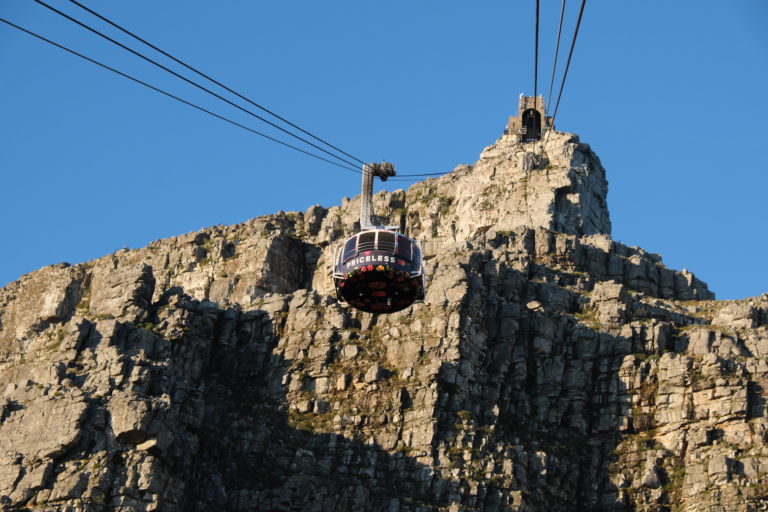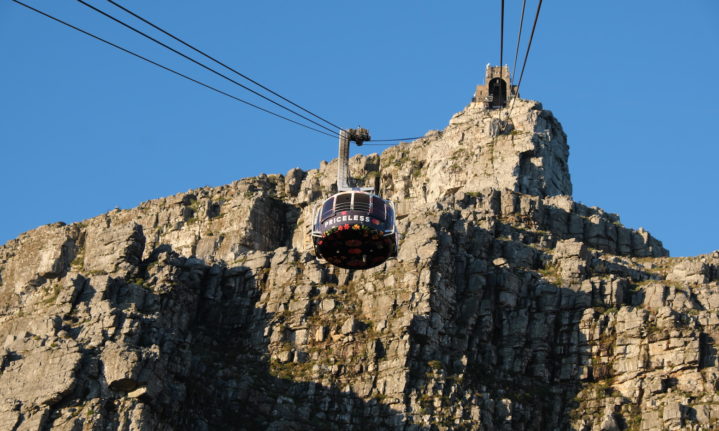It has been a long time since South Africans were able to enjoy the country’s rich tourism heritage with the level and the kind of freedom we have all but forgotten. But health regulations have been lifted, and everyone is excited to explore our beautiful country this Heritage Month – which is also Tourism Month.

Wahida Parker, Managing Director of the Table Mountain Aerial Cableway Company (TMACC), says the Cableway is ready to welcome people back to one of the country’s most iconic tourism and heritage sites.
‘You can see that more tourists and travellers are heading to the Mother City. The City of Cape Town estimated that as many as 5000 foreign visitors landed at the airport daily in the week before the Rugby World Cup Sevens. Summer is almost here, and it looks like it will be a very busy and gorgeous holiday season,’ says Wahida Parker, Managing Director of TMACC.
‘We recently finished our annual maintenance, which saw all operations being shut down for five weeks. During this time, work focused on the cable cars themselves while there was also work carried out to improve the visitor experience. The work helped ensure that anyone that visits the beloved mountain can have a great time and that their memory of the visit is a positive one.’
This UNESCO World Heritage Site and one of the New7Wonders is steeped in rich history and symbolism. To the indigenous people of the Cape, the Khoisan, Table Mountain was known as Hoerikwaggo, meaning “mountain in the sea”.

Picture: DRISA
‘Table Mountain belongs to everyone and should act as a reminder for all of us to celebrate our heritage as a nation – one that is filled with culture, tradition, and diversity,’ says Parker.
This flat-topped mountain is estimated to be over 200 million years old with some rocks around the base estimated at 500 million years old. It has helped shape Cape Town and South Africa’s history, tracing some of its roots back to the Stone Age.
Before the cableway was built, the only way up Cape Town’s iconic mountain was by foot – a climb undertaken only by adventurous souls. By the late 1870s, many of Cape Town’s more prominent citizens had suggested the introduction of a railway to the top.

‘The plan was initially to build a funicular railway to the top. The arrival of the First World War put a spanner in those plans, which later changed to a cable-car type service such as the one we see in operation today.’
‘The first cars started operating more than 90 years ago. To this very day, we take pride in offering visitors a view and an experience of a lifetime,’ says Parker.
This December will see the tenth anniversary of Table Mountain being inaugurated as one of the New7Wonders of Nature. The award was confirmed in December 2012, recognising the mountain as the most accessible of the New7Wonders and the only one to be found in a city.
‘As we welcome visitors back to our country and the Mother City, we are excited to see people come back and explore the magnificence that the mountain has to offer. Table Mountain is part of who we are as a nation – it is part of all our heritage,’ she concludes.
Pictures: Supplied
ALSO READ: World Rhino Day: Facts and figures about rhinos



















